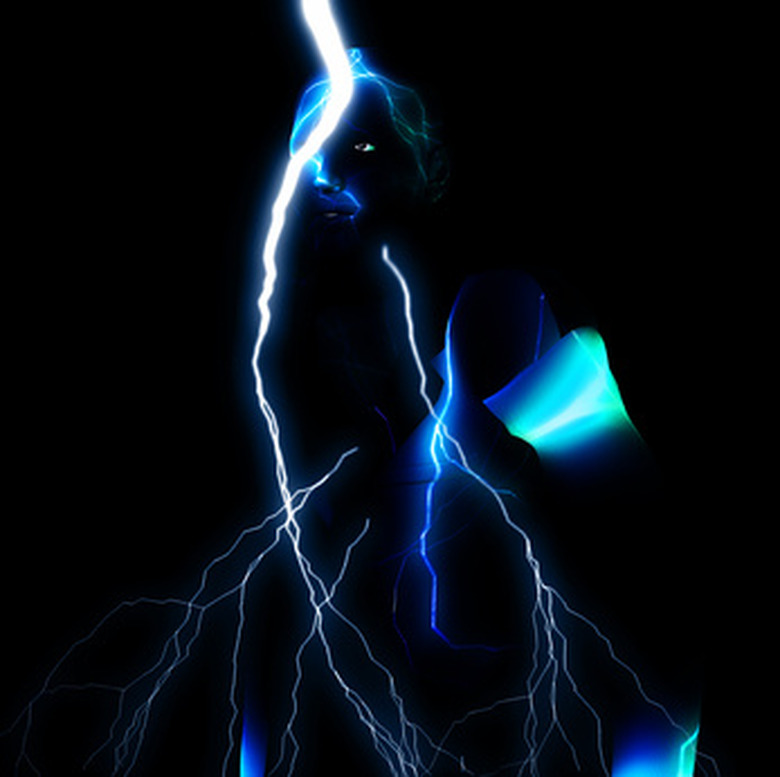Homemade Electrostatic Generator
While it won't power any particle accelerators such as a full-scale Van de Graaff generator can, a home-built electrostatic generator provides a nice demonstration of the principles behind creating high voltage at low, non-lethal power levels. A fairly basic, yet effective electrostatic generator is easily built with items you most likely already have. This basic generator lights a fluorescent bulb for a few seconds or even provides enough charge for some basic science experiments or electroscopes.
Step 1
Tie one pen or pencil to the end of the string. Tie the other at least 4 inches down the string, but no more than 5 inches. Cut the excess string.
Step 2
Push the tip of one pen into the middle of the cardboard without going all the way through.
Step 3
Hold the first pen in place, pull the string tight and use the second pen to draw a circle on the cardboard.
Step 4
Cut out the circle and cover it with aluminum foil on one side, crimping excess foil around to the other side but leaving a space at least 6-inches wide in the center of the uncovered side.
Step 5
Tape the bottom of the empty plastic cup or bottle to the center of the uncovered side of the disk to use as a handle.
Step 6
Test your piece of plastic and cloth by rubbing the plastic with the cloth and holding the plastic close to your arm. If your arm hair stands on end, it's charged. If it doesn't work and your hair is dry and clean, rub the plastic on your head. If it still doesn't work, the air is too humid.
Step 7
Charge the plastic and set it on a flat surface.
Step 8
Set the disk, foil side down, on the plastic, being certain you hold it by the handle you attached.
Step 9
Touching nothing else, move your finger toward the edge of the foil disk until you feel a small spark.
Step 10
Pick the disk up by its handle and use it to create a small spark, light a small neon bulb, pick up lint or charge a small science experiment.
Things Needed
- 1 piece cardboard 9 inches square
- Aluminum foil 9 inches square
- Plastic cutting board or sheet
- String
- 2 pencils or pens
- Razor knife
- Soft cloth or artificial fur
- Ruler or tape measure
- Empty plastic bottle or cup, 1 to 2 inches wide
TL;DR (Too Long; Didn't Read)
If you don't feel a spark on step nine, ensure the foil is wrapped completely over the edges, as well as smooth on the covered side and free of rips or tears. If you still have issues, the handle may be too short, allowing your hand to be too close to the foil. Try taping on a longer handle.
References
Cite This Article
MLA
Kibbey, Benjamin. "Homemade Electrostatic Generator" sciencing.com, https://www.sciencing.com/homemade-electrostatic-generator-7777151/. 24 April 2017.
APA
Kibbey, Benjamin. (2017, April 24). Homemade Electrostatic Generator. sciencing.com. Retrieved from https://www.sciencing.com/homemade-electrostatic-generator-7777151/
Chicago
Kibbey, Benjamin. Homemade Electrostatic Generator last modified August 30, 2022. https://www.sciencing.com/homemade-electrostatic-generator-7777151/
